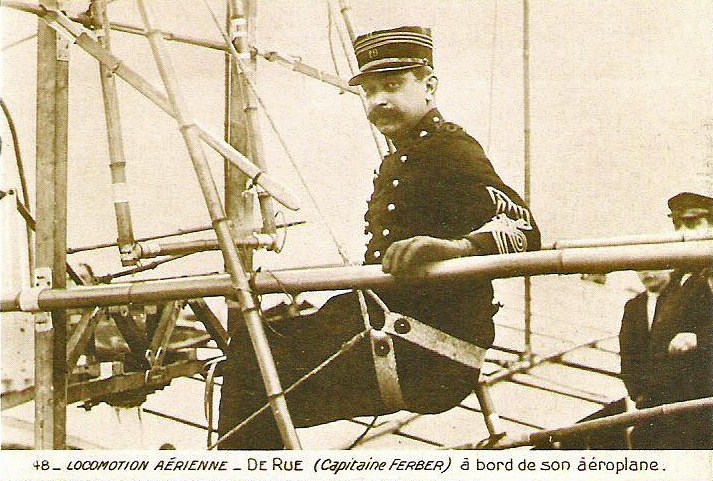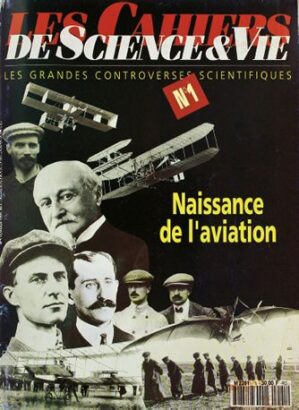Flight, May 20, 1911.
Low-Powered Flight.
Under the heading of "The Dipping Front Edge," in his letter in your issue of April 22nd, 1911, "Sky Pilot" makes the statement that Mr. A. V. Roe holds the record for flying with low horse-power, viz., 9-h.p.
It may interest him to know that Mr. Sellers, of Kentucky, flies with 4-h.p., and that Mr. Gordon, of California, flies with 5-h.p. Both the above actually fly.
Your magazine improves with every issue.
New York. JOHN GUY GILPATRIC.
Flight, August 12, 1911.
Low-Powered Flight.
Since sending my last letter re low-powered flight I have written Mr. Sellers, and through his courtesy I am enabled to give you details of his machine. I enclose his letter and one of the photos which he has kindly furnished.
Port Washington, July 6th. J. G. GILPATRIC.
[Enclosure from Mr. Sellers.]
Your letter of the 20th was received on my return from New York. I am not anxious at present to make public the details of my aeroplane, but shall give you the information asked for in your letter, and, if you wish, you are welcome to send this letter to FLIGHT and that paper can publish it and the enclosed photos if desired. I did not read the article you mention so do not know what is claimed in it. The machine shown in flight in the two photographs enclosed was built in 1908. The rudder shown is only a temporary makeshift. My object in building this machine was to try out some results obtained in laboratory experiments, and incidentally to produce a light, small, slow and small horse-power machine. The first engine used was 2-cyiinder, 4-cycle, opposed, air-cooled, weight 23 lbs., bore and stroke 3 1/8 ins. giving 4-b.h.p. at 1,400; later increased to near 5-b.h.p. by auxiliary exhaust ports. Propeller 54 ins. by 24 ins. Weight of machine ready to fly, with this engine, 78 lbs. My weight 130 lbs. The present engine is of the same type but 3 5/8 in. bore and stroke, about 8-h.p.
Weight of machine with this engine = 110 lbs., propeller 66 ins. diameter by 30 ins. maximum pitch. The first engine would fly the machine but would not give enough power to climb or turn. The present engine gives plenty of power while not overheated. Both engines quickly overheat in warm weather (air cooled).
Area of this aeroplane 200 sq. ft.; planes 3 ft. by 18 ft. We timed a number of flights in still air; speed 21 miles per hour. The machine is light but has been found strong enough to stand intermittent use for two years.
Baltimore, June 29th. M. B. SELLERS.
Flight, October 14, 1911.
Low Powered Flight.
A correspondent, R.G.P., has asked for particulars of the Gordon and Sellers machines, which are notable on account of their ability to fly with small power. The Gordon machine is a familiar 2-2-P-1 Curtiss, apparently very lightly constructed.
The Sellers machine I consider distinctly novel and fairly safe. Its formula is 0-P-4-1. The main planes have a pronounced "stagger," as in the Goupy. The motor and tractor are mounted on the second plane from the bottom. I regret I am unable to furnish any dimensions, but enclose a sketch.
The machine illustrated is by no means standard; it is only one of this type used for experimental purposes by Mr. Sellers.
Port Washington, L.I., U.S.A. J. G. GILPATRICK.


